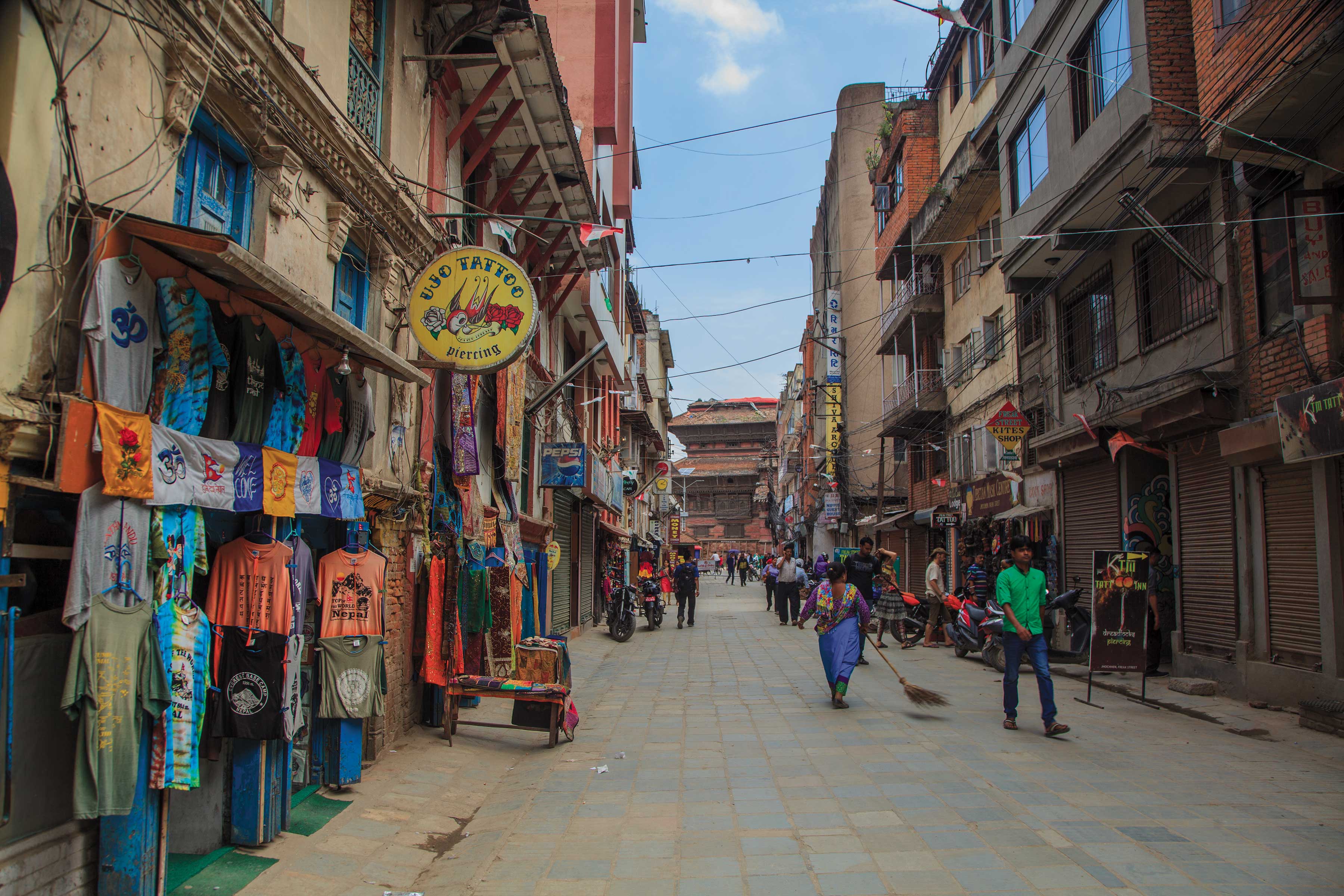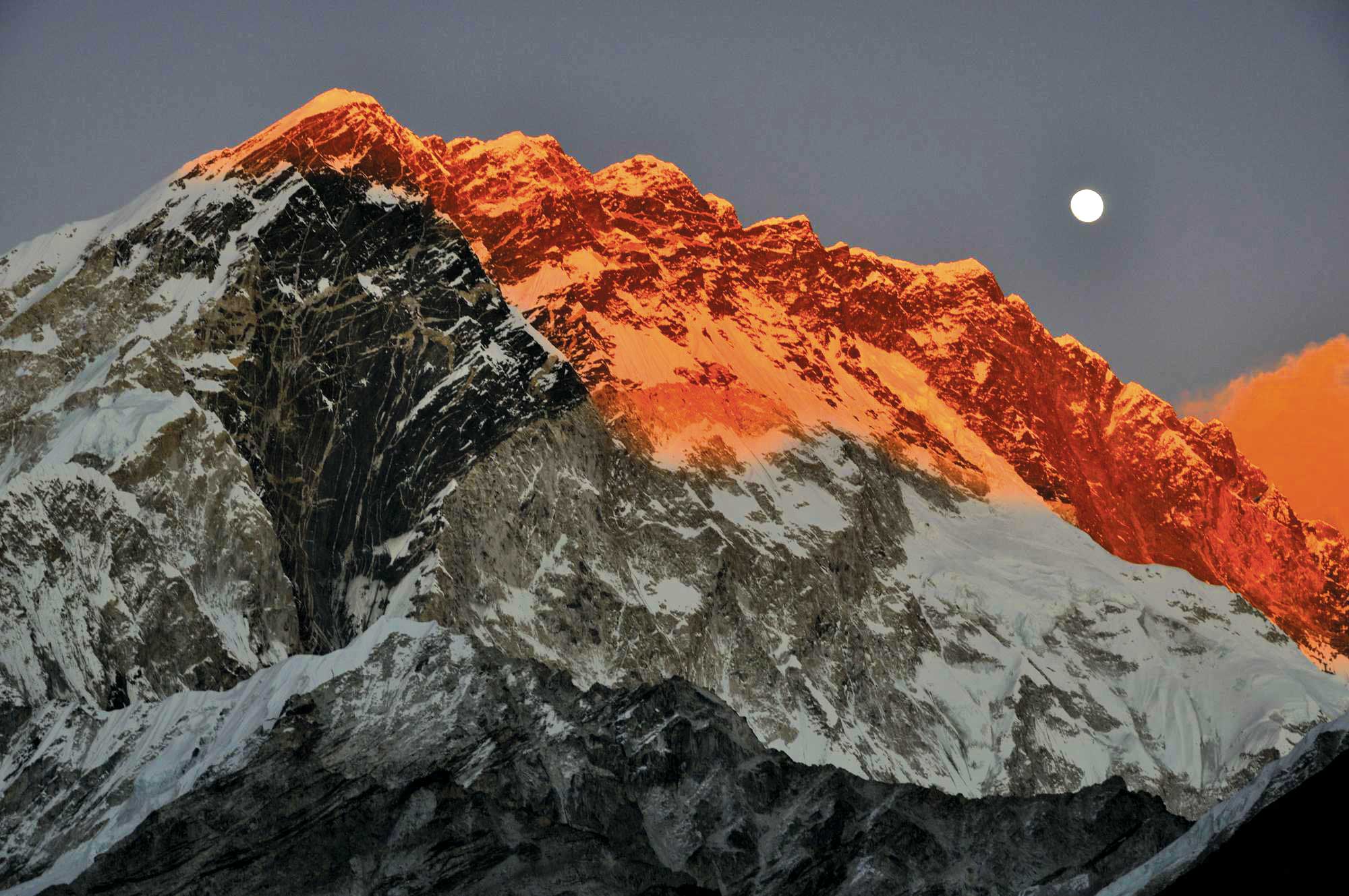What ? another book on Sherpas ? Yes, but this one is different and in some ways more important. Clint Rogers begins The Lure of Everest with a look at why there are so many books, movies, TV specials and other promotionals on the Sherpas of the Khumbu and Mt Everest. Then he traces the tourism history and impacts, and presents good ideas about how tourism can be better managed in future to benefit both the natural environment and the Sherpa people and culture.
This book is a ‘must read’ for anyone interested in what Everest-area tourism is, where it has come from, how and why, and where it should be going. The author is a well-traveled observer of mountain cultures and economies in Asia – from the Pamirs, across the Himalayas, and Tibet. The scholar will appreciate Rogers’ synopsis of the extensive literature on Sherpas. Casual readers will come away with a better understanding of what makes Sherpas and Mt Everest so attractive, and some will plan their next trek north of Lukla.
The book begins with an overview of mountains and tourism, looking at values, threats, and conservation, both economic and environmental. Chapter 2 focuses on the Everest region and tourism in both historical and contemporary perspectives. Chapter 3 is all about the economics of Sherpa tourism, trade and mountaineering. Regional well-being and Sherpa lifestyle are described in Chapter 4. The natural environment is discussed in Chapter 5, ranging from traditional systems of resource management to the sometimes severe impacts of so many visitors each year. Chapters 6 and 7 reveal characteristics of Sherpa personality, especially in relation to visitors, and of cultural continuity and change.
To this point Rogers relies heavily on the vast literature about Sherpas and Mt Everest, and on the observations of others. In Chapter 8, however, he presents “a novel contribution to the subject of tourism in the Everest region” with “a rationale for the particular effects that tourism has had there”. At this point, Rogers outlines 10 key factors that help explain the worldwide attraction of the Everest region and its indigenous peoples. They include popular icons and scenery, such as the mountain, the people, books and movies, Tibetan Buddhism, Shangri-La, and the Abominable Snowman. They also include other considerations, such as the Sherpas’ own personal and cultural characteristics that make them good hosts, as well as their involvement and control over the region’s tourism and its scale and economy, the types of visitors who come and their relationships with Sherpa hosts, local involvement in the management of Khumbu as a protected area, and the lack of adequate tourism planning and management. Chapter 9 is a summing up, plus the author’s own provocative suggestions about how to keep tourism within reasonable bounds culturally, economically and environmentally.
This may all sound a bit dry and academic, but not so. Roger’s easy, informative style saves the book from that fate. It is well written and insightful, poignant (in places), and an overall enjoyable read.
At the end he points out that tourism in the Everest region has come to an important juncture. His prognosis is that with the advent of peace in the country (after a severe downward trend in tourist arrivals in recent years), the future holds great potential. Tourism planning should proceed “with the full input and participation of local residents”, he says, along with appreciation and understanding of the many effects that tourism has had in the past, with special attention to the factors that have made the region and its people so popular. This, Rogers concludes, “is the bottom line on tourism on top of the world.”
Mandala Publications, Kathmandu. 326 pp. Price Rs. 500/-, Ph: 4245570










